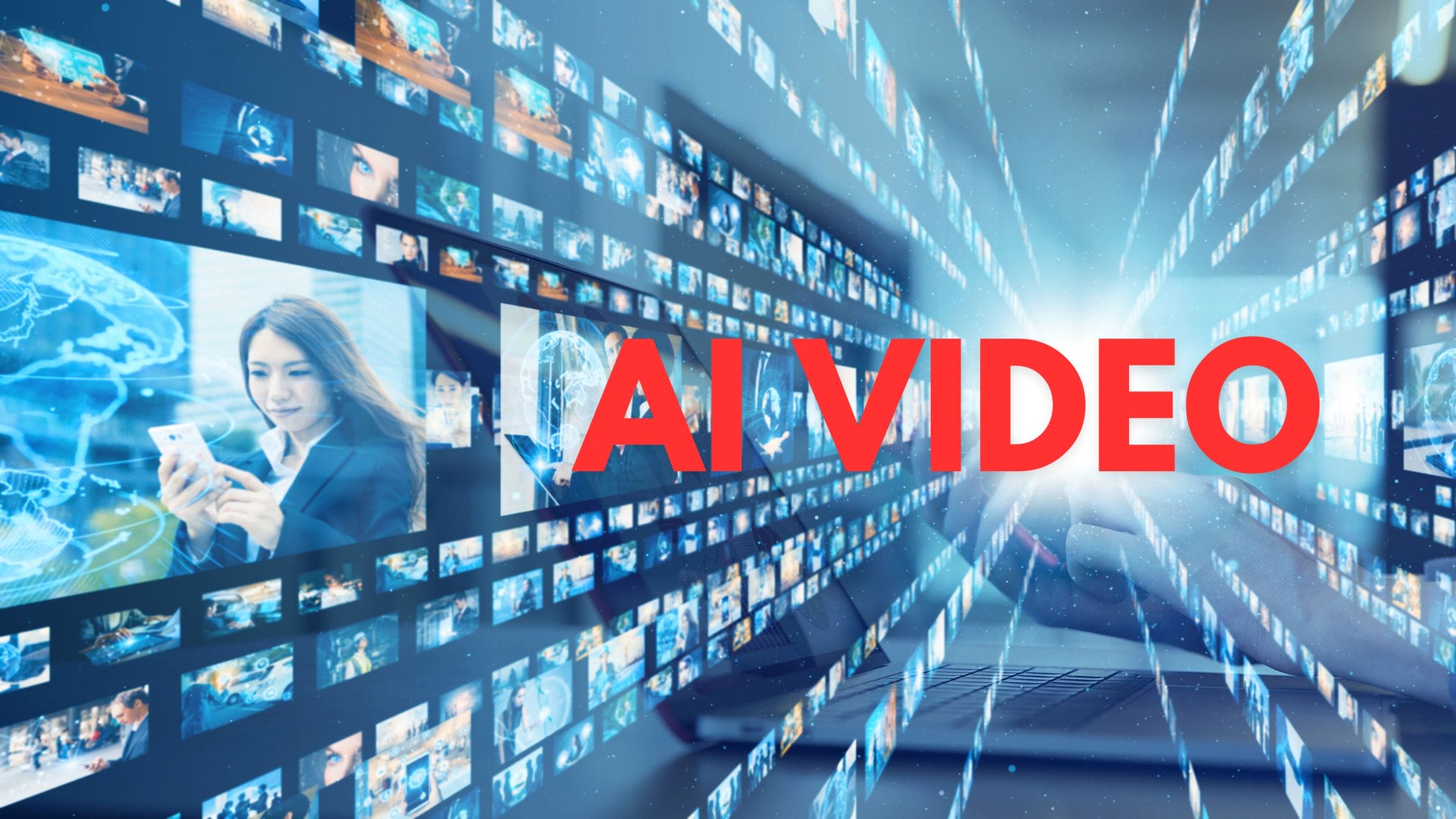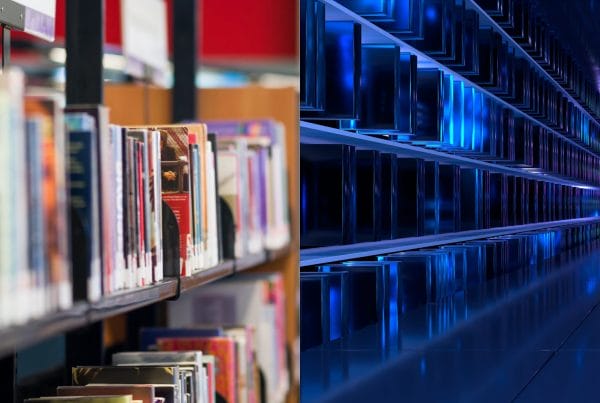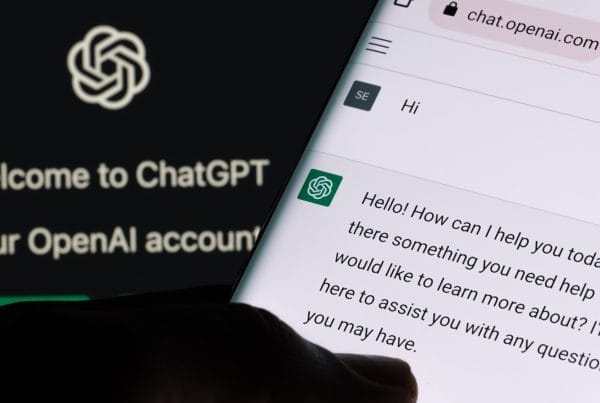AI videos are videos that are created with the use of an AI tool.
This could be potentially very dangerous for society as many false events can be created. There are no reliable AI video detectors currently on the market but they might not be necessary just yet as AI video production has yet to hit the mainstream.
What are AI videos?
When we are talking about AI videos, we mean videos that were completely generated by an AI tool. All you need to do is imagine something and ask the AI tool to make a realistic (or unrealistic) video.
The most prominent AI video generator right now is called Sora. This is currently being developed by Open AI, the team behind ChatGPT.
Sora isn’t available yet to the general public but the unedited samples are very realistic. As you can see from below, everything looks almost real (except maybe the people because of their movements).
How to identify an AI video?
It is going to be more and more difficult to identify an AI video but here are some tips to help you identify an AI video:
- Glitches in the video that show something that doesn’t align with the rest of the video
- The movement of the people in the video looks strange
- The situation is implausible
Unfortunately, we have no reliable AI video detector at the moment and at this point, OpenAI is being careful about releasing this powerful tool to the public.
Can you detect deepfake videos?
A deepfake video is a video where some body part (or voice) has been digitally altered so that it appears to be someone else.
As AI technology develops very rapidly, we now have the availability of tools to clone people’s voices.
There is no tool that you can use to detect deepfake videos or images. Deepfake videos still have a long way to go before being indistinguishable from real videos. AI-generated text is already at the point where most people can’t tell if a piece of text was written by an AI tool or a human.
That’s why we created Winston AI, the best AI detector on the market. We have a 99.98% accuracy rate when detecting AI content.
AI tools for editing vs AI-generated videos
It is important to note that there are three main ways that AI can be used with videos.
- To edit the content
- To generate the features of a video to be edited
- To generate the entire video
The first AI tools often speed up the editing process. These types of tools allow you to remove dead space and improve sound quality. Some popular examples include Descript, Filmora and Adobe Premiere Pro.
The next type of AI tools are using AI to generate features but don’t give you a finished video (you most likely need to edit it. They can generate the text with AI, talking avatars or use AI to put together a video with slides and stock footage. Some of these tools include Google Vids, Pictory and Synthesia.
There aren’t many AI tools that can generate a full video with one prompt just yet but one can imagine how flooded with content video platforms will be when this is available to everyone.
Can ChatGPT4 analyze videos?
You can’t currently analyze videos with ChatGPT. I tested using links to YouTube and also uploading a video but it didn’t work.
If you want to use an AI tool to analyze a video, then I recommend using Google Gemini or Perplexity AI.Google Gemini is connected to YouTube so can get a transcript and analyze the video that way.
AI-generated videos impact on society
Are AI-generated videos dangerous?
I would argue that they can be dangerous.
We can already see how society is being fractured in certain countries and this is being amplified with social media. AI-generated text often hallucinates (it invents stuff) and this is causing the spread of misinformation.
Many publishers are also posting AI-generated images on social media and getting a huge reaction as people don’t understand that the image is not a real event.
You can only imagine how this is going to be played out when AI-generated videos become more widespread. This has implications for elections, careers and popular culture.This is why we believe in AI detection and have created a tool for AI-generated text. People have a right to know if a piece of media was made by a human or an AI chatbot.
Be careful what you read online!
(Not this article, this was human-written and fact-checked!)
AI videos are generated entirely by artificial intelligence using text descriptions (prompts) as input. Traditional videos are captured by recording real-life events or edited together from existing footage.
Think of it like this: Traditional videos are like photographs of the real world, whereas AI videos are more like paintings created from a written description
Here are some ideas of AI videos you could make in the classroom
-Visualize complex scientific concepts (e.g., the inner workings of a cell)
-Bring historical events or figures to life (e.g., a reenactment of a famous speech)
-Create interactive tutorials or simulations.
Think about the following:
-Creating a video of a real person without their consent is a major ethical breach.
-AI-generated videos could be used for defamation, impersonation, or other harmful purposes.
-Responsible use of AI video technology means prioritizing transparency and considering the potential impact on individuals.



